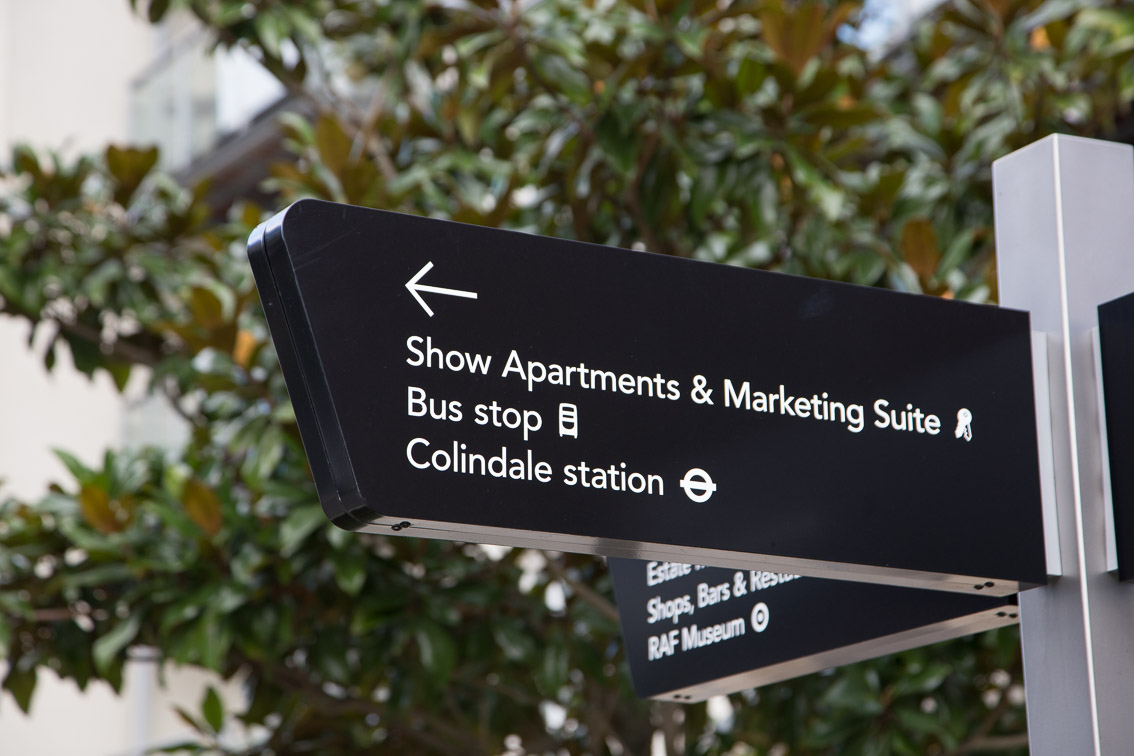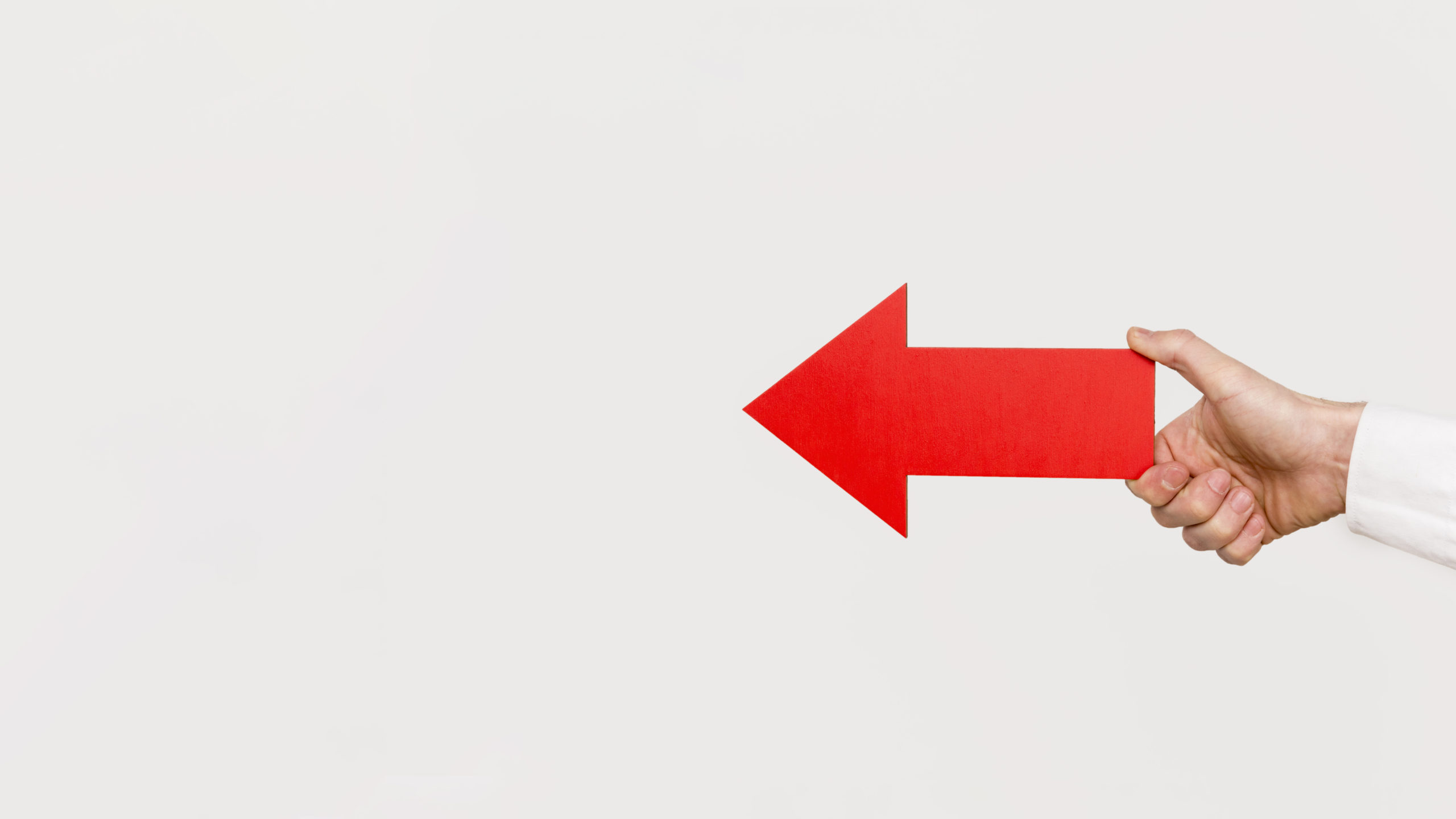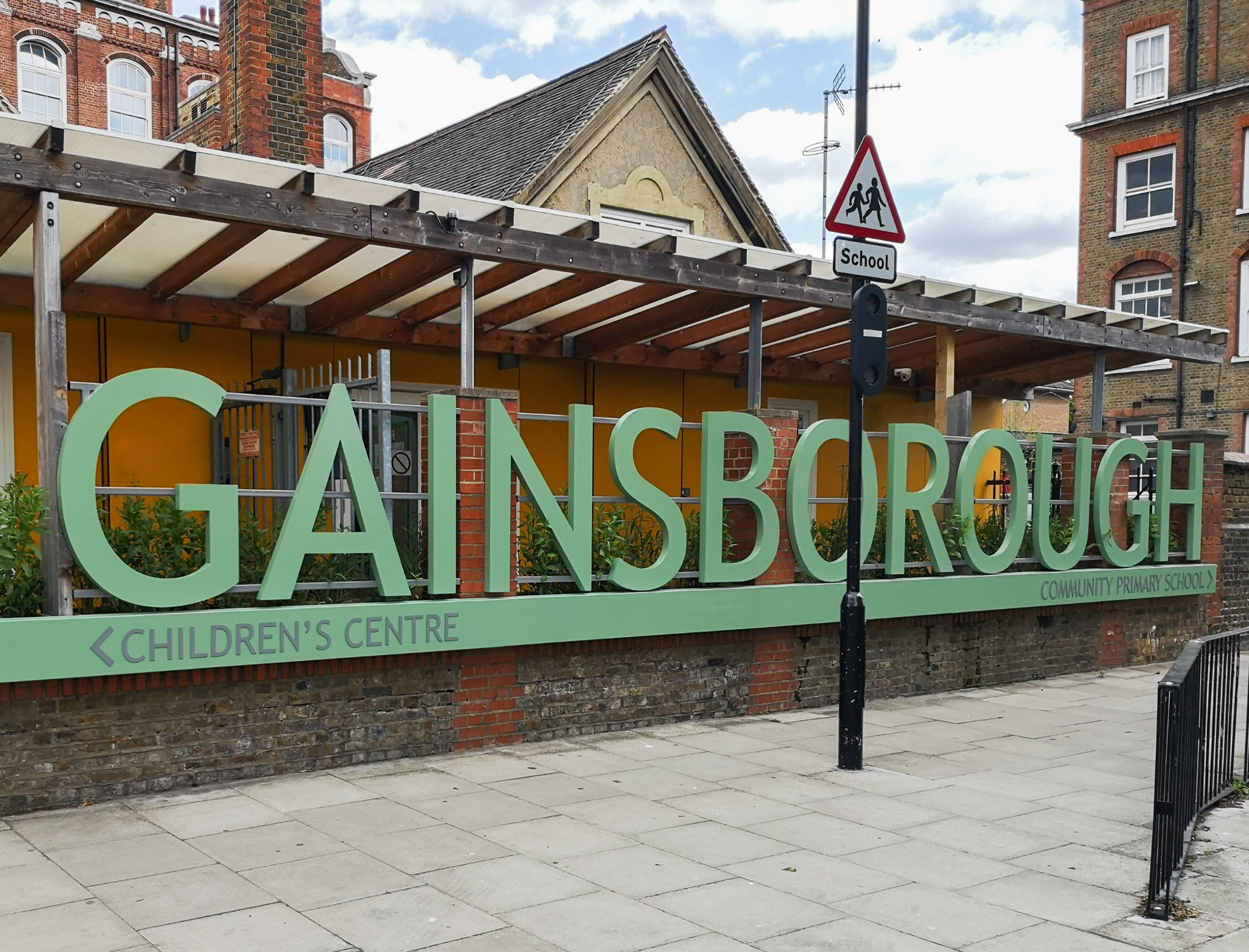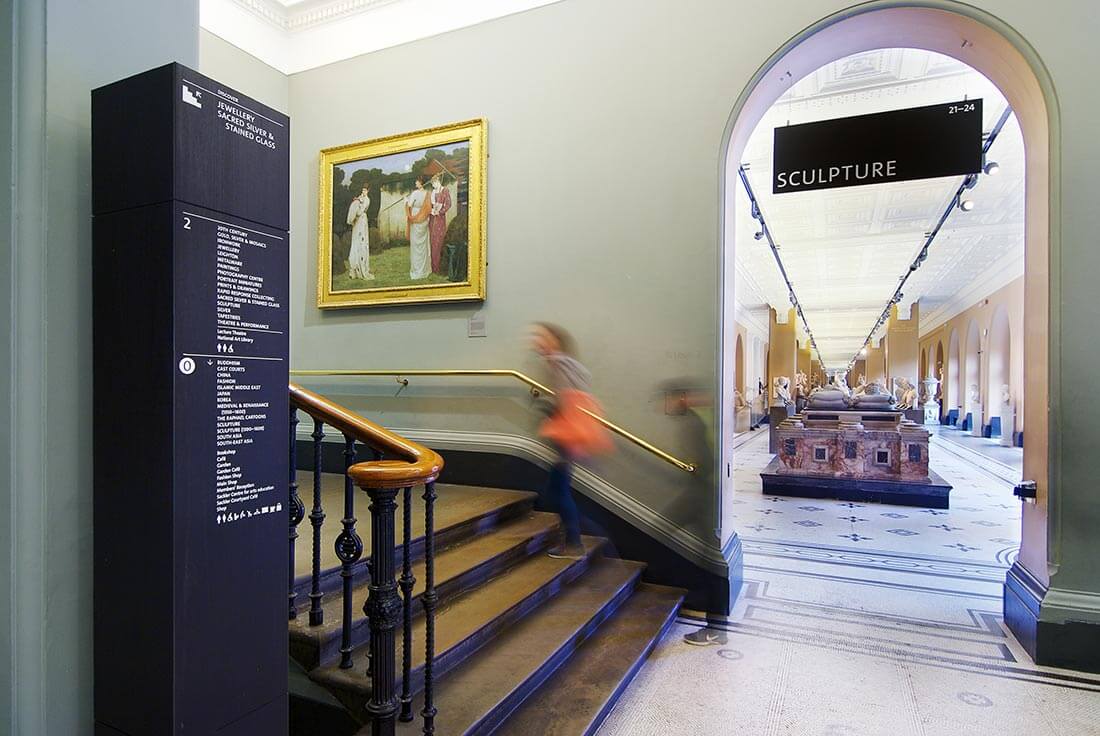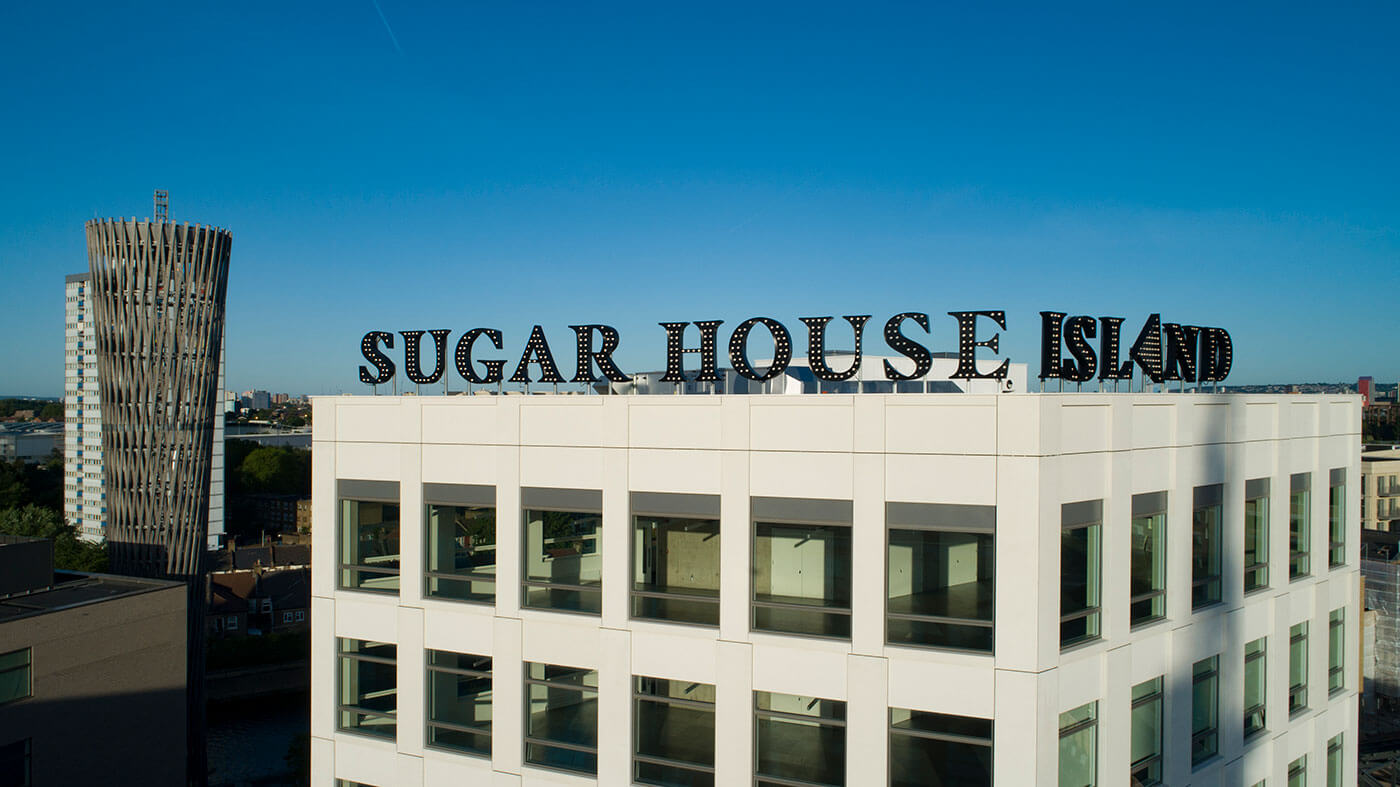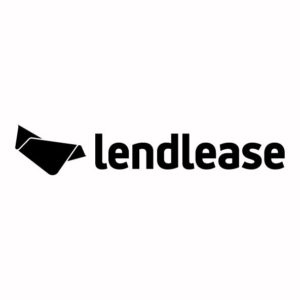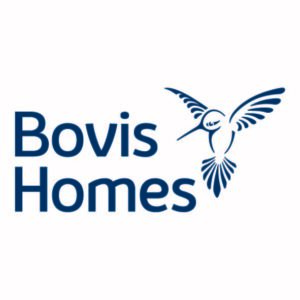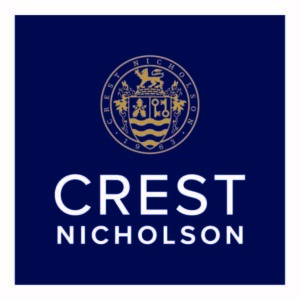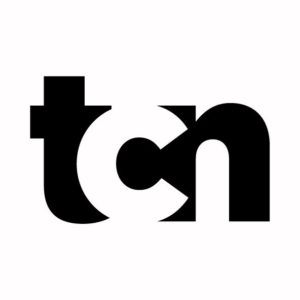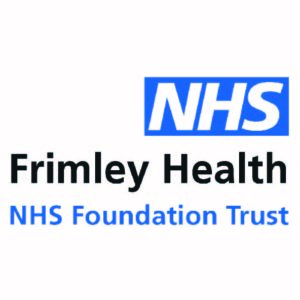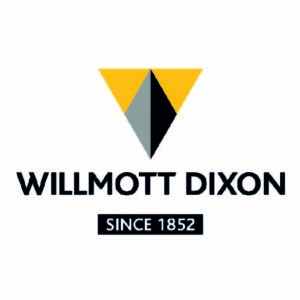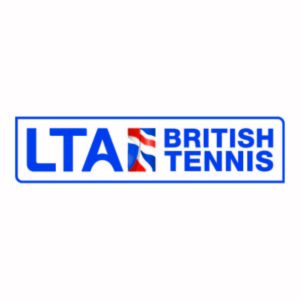Wayfinding is a term related to navigating unfamiliar environments. It involves cognitive processes in the brain that allows us to determine our location and navigate to our desired destination. It has become increasingly important in the age of GPS and other digital navigation tools, as it helps people quickly orientate themselves and make decisions on their next course of action. Wayfinding signage is a key component of effective wayfinding, providing visual cues and directions that help users to quickly orientate themselves, reduce stress, and find the shortest route to their destination. In this blog post, we will discuss the key fundamentals of wayfinding signage and its importance in today’s world. First and foremost, wayfinding signage serves an essential purpose: providing users with essential information about their location, as well as guidance for their desired destination. It also serves to provide reassurance that the user is indeed in the correct location, boosting confidence and reducing stress. The goal is to present this information in a clear and concise manner that is easily understandable by a wide range of users from different backgrounds. The key goal of wayfinding signage is to reduce the amount of time and effort required for a person to find their desired location. In order for wayfinding signage to be effective, it must be designed with the user in mind. This means taking into account the needs and capabilities of a variety of users and designing the signage to meet their requirements. The wayfinding must also be visually appealing, allowing it to stand out and be easily noticed by the intended users. Additionally, the signage should guide users in the right direction with a straightforward and simple visual narrative. The design of wayfinding signage should also focus on accessibility and be accessible to all users, regardless of physical or cognitive abilities. For example, tactile directional signage can be used to help blind users, while Braille lettering can be used to support visually impaired users. Color contrast, font size, and readability are other important design aspects to consider for wayfinding signage. Additionally, it is important to ensure that the signs encourage safe unit navigation and adhere to any applicable regulations. In addition to its visual appeal, wayfinding signage must also communicate its intended message in a timely manner. This means that the signs should be placed in the most efficient and effective locations possible, so that the user can obtain the desired information without having to waste time searching for it. When designed correctly, wayfinding signage can assist in creating a positive user experience, helping people to quickly orient themselves and make decisions on their next course of action. Finally, wayfinding signage also serves a purpose beyond simply guiding users to their destination. It can be used to enhance the overall user experience by highlighting features and branding that reduces stress and confusion. Through the use of wayfinding signage, users can quickly and easily gain information on their desired location, as well as the locations of other relevant amenities, such as restaurants, restrooms, parking, etc. It can also provide additional information such as local attractions, cultural highlights, and other points of interest. In conclusion, wayfinding signage is a key component of effective wayfinding. It helps reduce the amount of time and effort required to locate a desired destination and provides essential information to the user in a clear and concise manner. It also serves to provide direction and reassurance, as well as provide a positive user experience. It is important for wayfinding signage to be designed with the user in mind, considering their needs and capabilities, as well as being visually appealing and easily readable. Additionally, signage must be placed in the most efficient and effective locations in order to communicate its intended message in a timely manner. Finally, wayfinding signage must adhere to all applicable regulations and should highlight any relevant branding, attractions, and amenities. With the correct use of wayfinding signage, the goal of effective wayfinding can be achieved.


